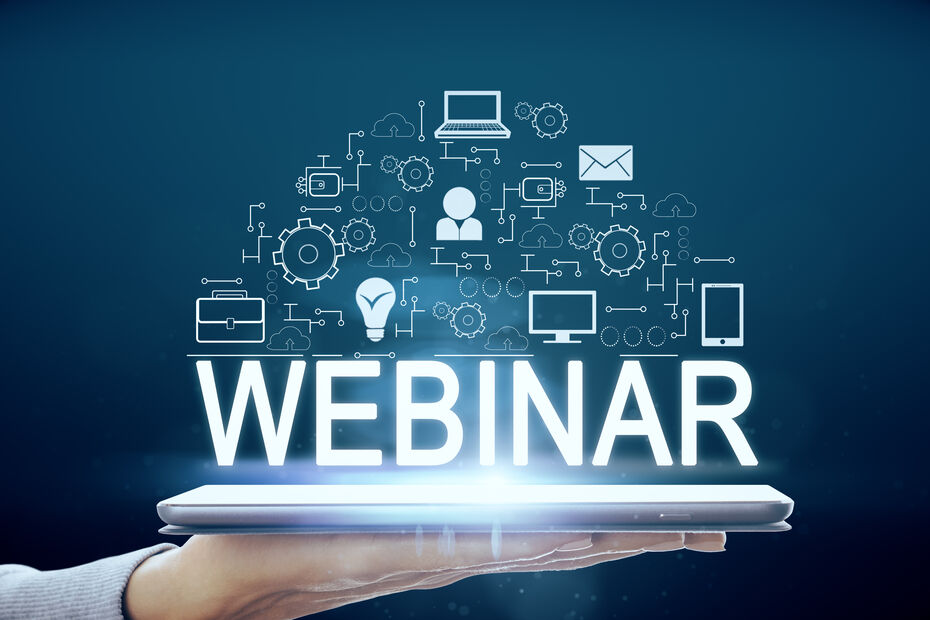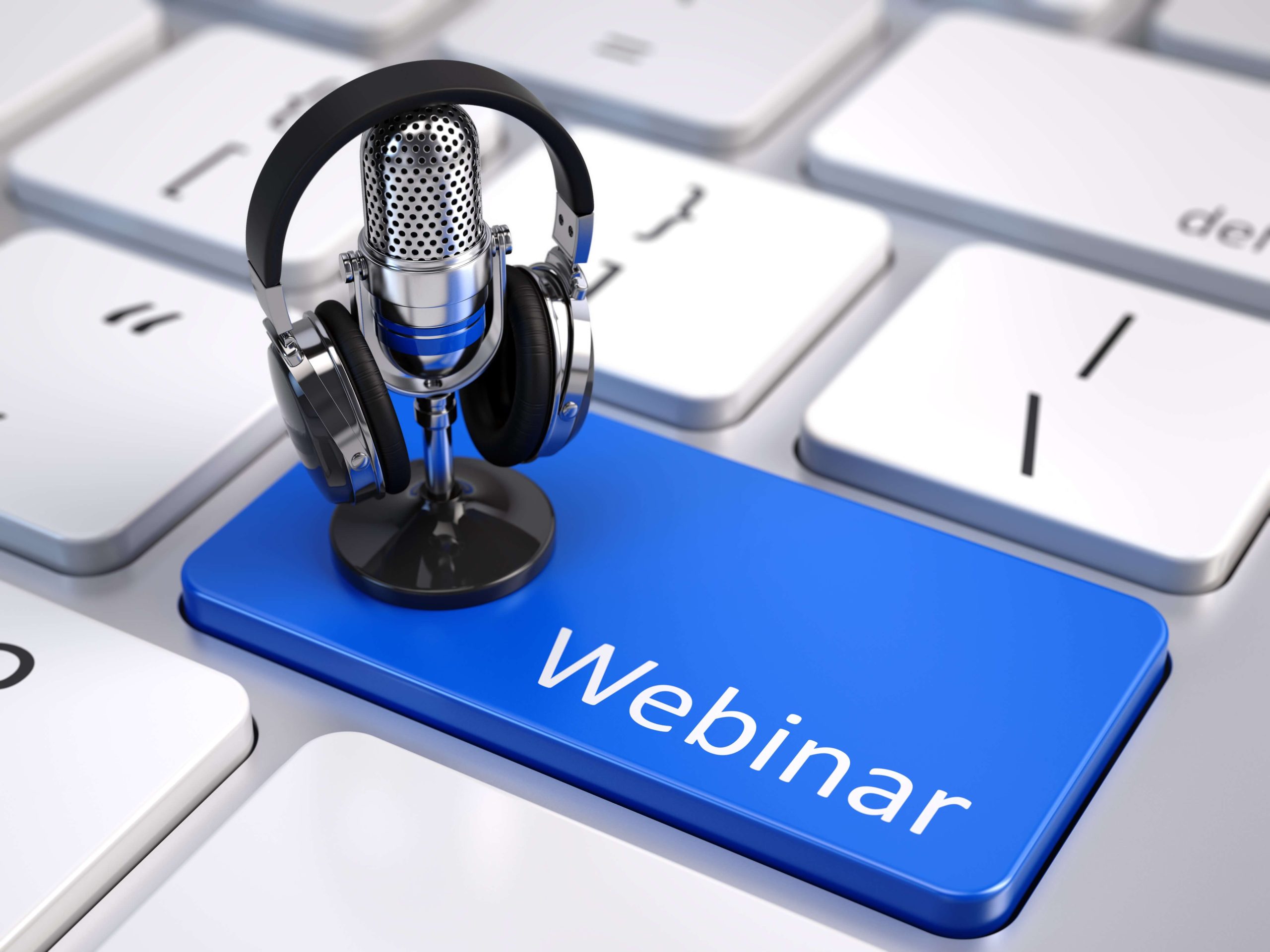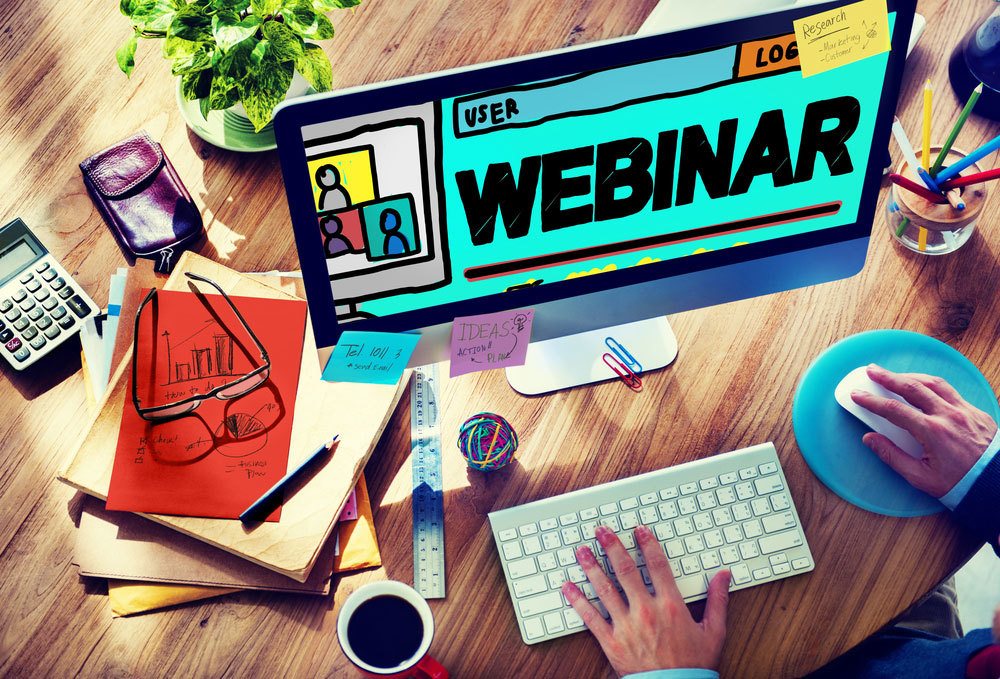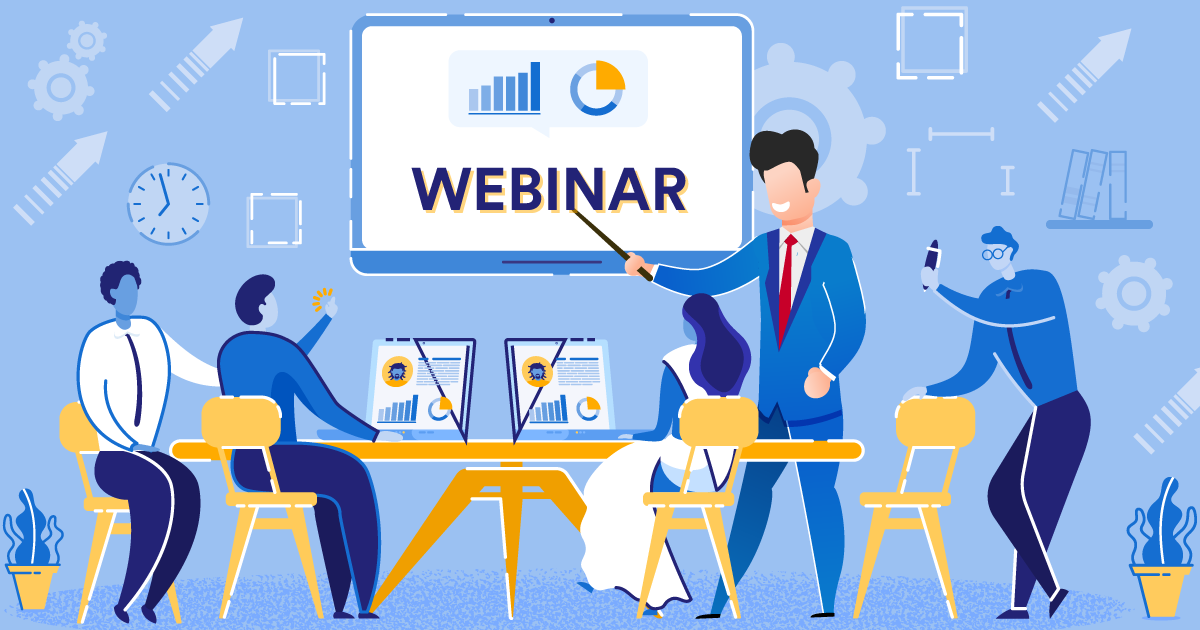In today’s fast-paced digital world, technology has greatly transformed the way we communicate and learn. One of the most significant changes in the corporate and educational landscape is the rise of webinars. This innovative platform allows businesses, organizations, and individuals to host virtual presentations, workshops, and seminars with participants from all over the world.
With the current global pandemic forcing people to stay at home and practice social distancing, webinars have become the go-to solution for hosting meetings and events. Despite its popularity, many are still unfamiliar with the concept of webinars and how to effectively utilize them. In this comprehensive guide, we will delve into everything you need to know about webinars – from its definition and benefits to planning and execution tips, and more.
What is a Webinar?
Before we dive deeper into the world of webinars, let us first define what it is. The term “webinar” is a combination of the words “web” and “seminar,” which accurately describes its function – a seminar conducted over the internet. It is an online event where a presenter or a group of presenters deliver a presentation, workshop, or lecture on a specific topic to a virtual audience via a video conferencing platform.

The term “webinar” blends “web” and “seminar,” precisely defining its purpose as a seminar conducted online
Webinars provide a way to connect with a large number of participants, regardless of their location, and allow for real-time interaction between the presenter and the attendees. These online presentations can be either live or pre-recorded, depending on the preference and needs of the organizer. Moreover, webinars can also be shared and accessed later on-demand, making it a versatile tool for knowledge sharing and collaboration.
Benefits of Webinars
As mentioned, webinars have gained immense popularity in recent years, and for a good reason. Here are some of the key benefits of using webinars for your business or organization:
- Cost-effective: Hosting a traditional seminar or workshop can be costly, from renting a venue to printing materials and providing refreshments. With webinars, you eliminate these expenses, making it a more cost-effective option for both the presenter and attendees.
- Time-efficient: Webinars allow you to reach a larger audience in a shorter amount of time compared to traditional in-person events. It also eliminates the need for travel, saving participants and presenters valuable time and effort.
- Global reach: One of the most significant advantages of webinars is its ability to connect with people from different parts of the world. This allows for a diverse pool of participants, increasing the potential for knowledge sharing and networking.
- Versatile: You can use webinars for various purposes – from marketing and sales presentations to training sessions, product launches, and more. Its versatility makes it an excellent tool for businesses and organizations of all sizes and industries.
- Real-time interaction: Unlike pre-recorded videos or online courses, webinars enable live interaction between the presenter and the attendees. This allows for real-time Q&A sessions, polls, quizzes, and other interactive activities, making the experience more engaging and informative.
Now that we have established what webinars are and their benefits let’s take a look at how you can plan and execute a successful online presentation.
Planning Your Webinar
Hosting a successful webinar requires careful planning and attention to detail. Here are the essential steps to consider when organizing your online presentation:
1. Identify Your Objectives
The first step in planning your webinar is to identify the purpose of your event. Are you looking to generate leads, showcase a new product or service, provide training, or establish yourself as a thought leader? Knowing your objectives will help you determine the format, content, and target audience for your webinar.

The initial stage in organizing your webinar is to determine the objective of your event
2. Choose Your Platform
Selecting the right platform is crucial to the success of your webinar. There are various options available, such as Zoom, GoToWebinar, Webex, and more. Consider factors like the number of participants, interactive features, recording capabilities, and ease of use when deciding on a platform.
3. Fix a Date and Time
When choosing a date and time for your webinar, consider your target audience’s availability. Avoid scheduling it during office hours or on public holidays and aim for a time that suits most time zones if you have an international audience.
4. Create Engaging Content
The key to a successful webinar lies in its content. Keep your presentation informative, relevant, and engaging. Use interactive elements such as videos, polls, and quizzes to keep your attendees interested and encourage participation.
5. Promote Your Webinar
The success of your webinar depends on your ability to attract participants. Utilize social media, email marketing, and other online platforms to promote your event. Offer early bird discounts, limited seats, or exclusive content to entice people to register.
Preparing for Your Webinar
With your webinar planned and promoted, it’s time to focus on the pre-event preparations. Here are some essential steps to take before going live:
1. Test Your Equipment
Make sure to test your equipment – including your microphone, webcam, and internet connection – before the day of your webinar. This will help you identify and address any technical issues beforehand, ensuring a smooth presentation.
2. Prepare Your Slide Deck
A well-designed slide deck is crucial in keeping your attendees engaged and following your presentation. Keep your slides concise, visually appealing, and follow a logical flow to avoid overwhelming your participants with too much information.
3. Rehearse Your Presentation
Practicing your webinar beforehand can help you identify any potential issues and give you a chance to make necessary adjustments. This will also help you familiarize yourself with the platform, making it easier for you to navigate during the event.
Hosting Your Webinar
The day of your webinar has finally arrived, and it’s time to go live. Here are some tips to ensure a successful online presentation:
1. Start on Time
Start your webinar on time as a sign of respect to your audience. You can open the virtual room 15-30 minutes before the scheduled time to allow participants to log in and check their equipment.
2. Engage Your Audience
Keep your attendees engaged throughout the webinar by using interactive elements like polls, quizzes, and real-time Q&A sessions. This will help maintain their interest and make them feel involved in the presentation.
3. Speak Clearly and Confidently
As the presenter, it is crucial to speak clearly and confidently to effectively deliver your message. Use a conversational tone, avoid technical jargon, and try to be as engaging as possible.
Post-event Follow-up
Your webinar may be over, but your work doesn’t end there. Follow up with your attendees after the event to keep the conversation going and gather valuable feedback. Here are some steps to take post-webinar:
1. Share the Recording
If you have recorded your webinar, share it with your attendees, as well as those who couldn’t make it. This will allow them to revisit the content and serve as an excellent resource for those who are interested in your topic.
2. Gather Feedback
Send a post-webinar survey to your attendees to gather their feedback and suggestions. This will help you improve future webinars and provide valuable insights into what your audience wants.
Common Challenges and How to Overcome Them
While webinars offer many benefits, they also come with their own set of challenges. Here are some common issues you may encounter when hosting a webinar and how to overcome them:

Although webinars provide numerous advantages, they also present specific challenges
1. Technical Difficulties
Technical issues such as poor internet connection, audio problems, or platform malfunctions can disrupt your webinar. To avoid this, make sure to test your equipment beforehand, have a backup plan in case of technical difficulties, and be prepared to troubleshoot any problems that may arise.
2. Low Attendance
Low attendance may be due to various reasons – scheduling conflicts, lack of promotion, or disinterest in the topic. Avoid this by promoting your event through multiple channels and choosing a date and time that suits most of your target audience.
3. Lack of Engagement
Keeping your attendees engaged throughout the webinar is crucial in delivering an effective presentation. Use interactive elements, encourage participation, and keep the session lively and engaging to avoid losing your audience’s interest.
Conclusion
In conclusion, webinars are a valuable tool for businesses, organizations, and individuals looking to connect with a larger audience, share knowledge, and establish themselves as thought leaders. With careful planning, engaging content, and proper execution, webinars offer endless opportunities for growth, learning, and collaboration. Follow the steps outlined in this guide, and you’ll be on your way to hosting successful and impactful online presentations.
